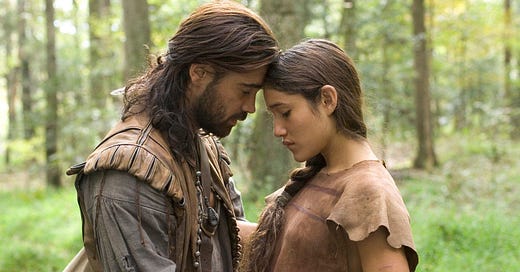Author : Jos Hermans
The eccentric and enigmatic filmmaker Terrence Malick, known for his legendary media shyness, is also known for spending hours in the woods watching birds like a kind of Siegfried. Not coincidentally, nature is given a starring role in his work. If you follow his camera, your…
Keep reading with a 7-day free trial
Subscribe to Leidmotief | Leitmotif to keep reading this post and get 7 days of free access to the full post archives.




